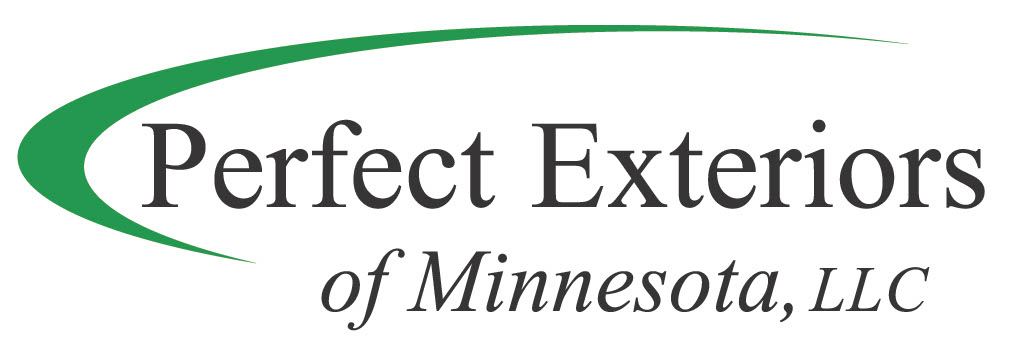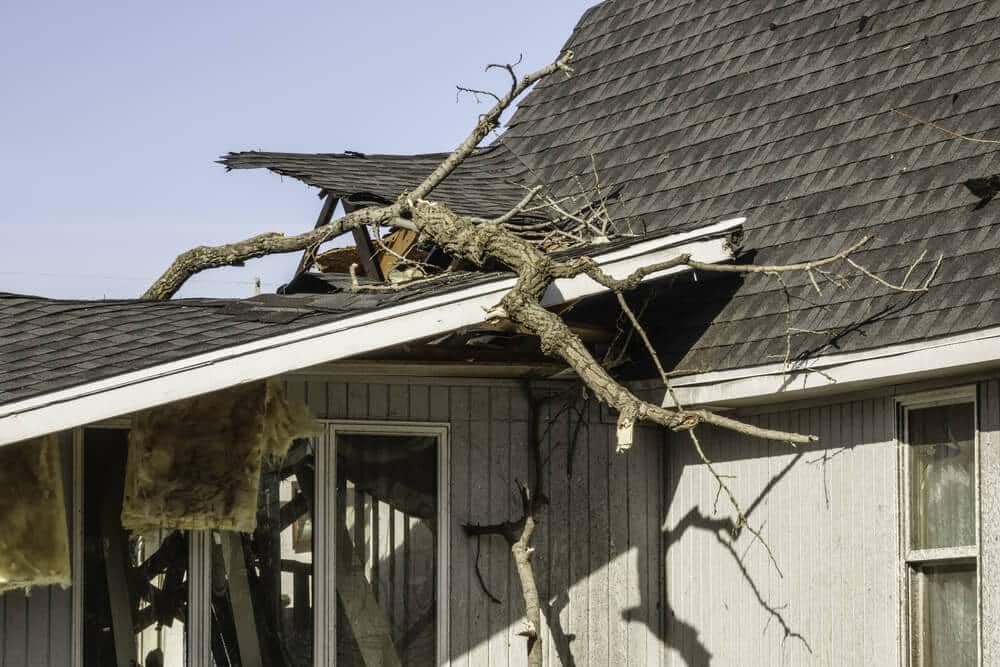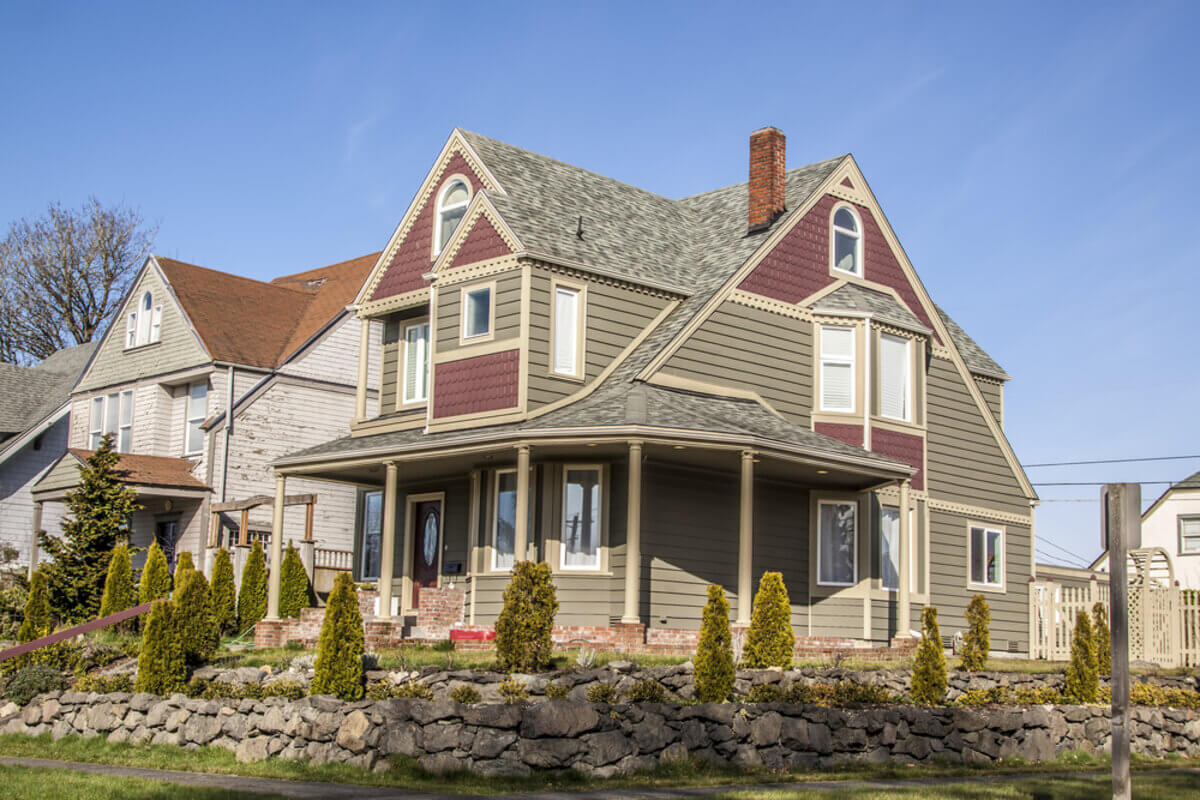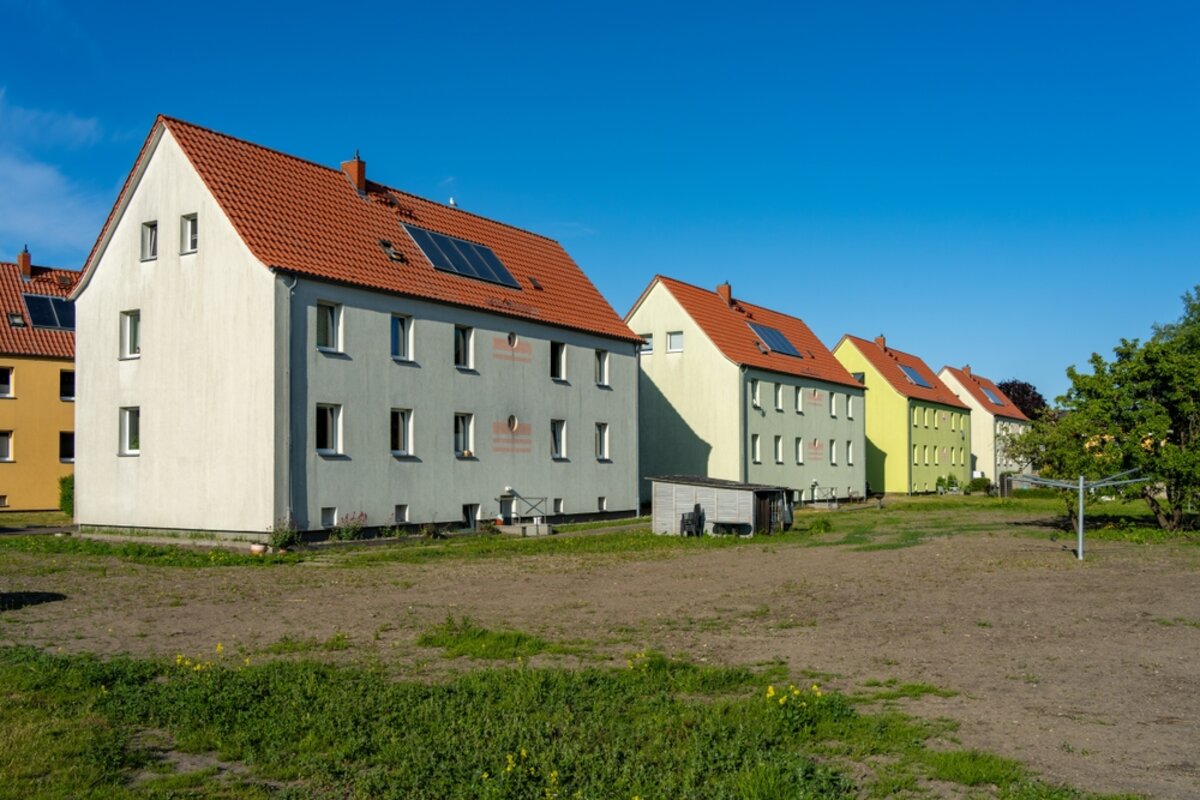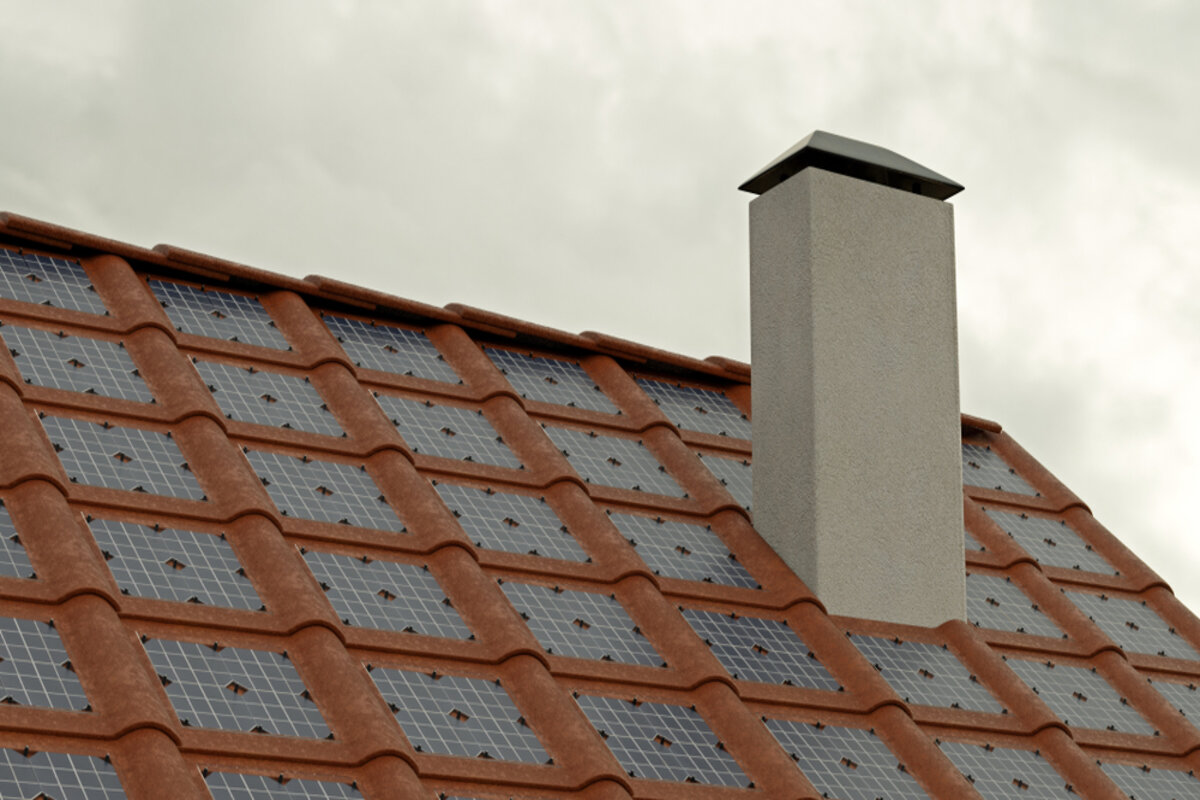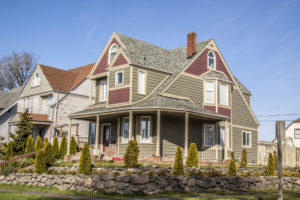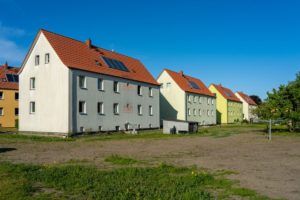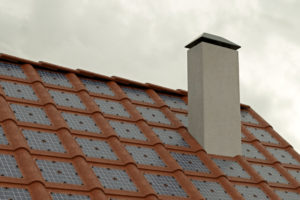Minnesota homeowners often worry about tree damage to roofs during winter weather. With benefits like providing shade and keeping your house cool, you might wonder, “Should tree branches hang over roofs?” The answer to this question can be complex, especially if you live in a heavily-wooded area.
There are some ways that nearby trees can benefit your house, but every homeowner should avoid tree branches touching roofs. Read on to learn more about how tree branches damage roofs and how Perfect Exteriors can help you prevent this issue.
Types of Tree Damage to Roofs
There are different types of tree damage to roofs that can happen in Minnesota neighborhoods.
Shingle Damage
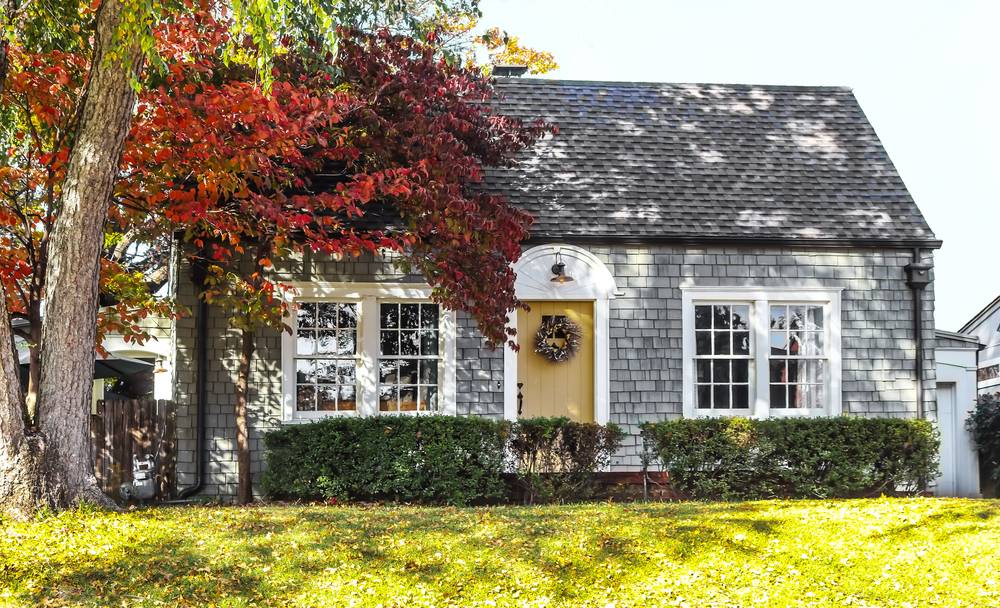
Should tree branches hang over roofs? The answer is generally no. It’s not a good idea to have tree branches hang over roofs as tree branches damage roofs when they scratch against the shingles.
The friction of the branch against the roof will scrape off the tiny granules on the shingles’ surfaces. Without this protection, the shingles are more susceptible to moisture, leaks, and rotting. The granules roll off your roof and can clog your gutter, which can cause them to pull away and require replacement.
You might notice shingles fall off after tree branches damage your roof. Some trees go beyond scraping off granules and knock the entire shingle off your roof. If you lose shingles, you might have animals access your attic from gaps in the roof. Mold can grow, and leaks can form in your eaves.
Accumulating Leaves
Depending on the type of tree hanging over your house and how close it is, you might notice leaves and pine needles accumulating on your roof. If this debris can’t naturally blow off your roof, it can trap moisture and cause leaks. Leaves get heavy as they accumulate and can cause additional tree damage to your roof.
Fallen Branches
If you wonder, “Should tree branches hang over roofs?” know that they should be at least six feet away from your roof. Tree branches touching the roof are more likely to break off and damage your roof. The fallen branches can pull off shingles when the wind blows them to the ground. They can also fall heavily and create holes in your roof.
Tree damage to roofs can allow water inside the attic. The moisture can build up and cause mold and mildew that harm the air your family breathes. Leaks also lead to severe water damage that can impact the structural integrity of your home.
Animal Access
If tree damage to roofs is large enough, animals can get inside. Squirrels can get inside your attic and ruin your stored belongings. Once they enter your home, they can easily find access to your interior walls and cause damage to your structure and internal wiring. Other critters, like roaches and harmful insects, can also get inside through tree damage to roofs.
How to Prevent Tree Damage to Roof
Tree branches damage roofs when they are overgrown. To avoid this, prune your trees each season to control their growth. If you plan to plant new trees on your property, keep them far from existing structures. Multifamily properties should contract with a tree trimming service regularly.
If your neighbor’s tree branches are touching your roof, talk to them first. They might be unaware that their tree crosses the property line. If they refuse to trim the tree, check your city’s bylaws to see what they’re legally required to do.
People who wonder, “Should tree branches hang over roofs?” are usually thinking about the benefits of nearby trees. Trees can keep the air in and around your house as much as six degrees cooler than the outside temperature. However, tree branches can damage the roof when they’re too close.
Pruning and Trimming Trees
If you have tree branches touching the roof, you need to have a professional prune them. If the company will need to prune more than 25% of the tree to protect your roof, it’s best to remove them altogether. Any trees should be at least 20 to 30 feet away from the home to avoid the complications that come with tree branches touching roofs.
Your insurance company might have specifications about how close trees and branches can be to your home. You want to abide by these guidelines, or else you’ll nullify your insurance policy. If people have tree branches touching roofs or keep trees too close to their homes, their insurance policy might not pay for any tree-related damages.
When Roof Repairs and Replacements Are Necessary
If you need roof repairs or replacements, ensure you choose a reputable company that can give you an assessment and explain their process before getting started. Ask questions until you’re confident they’ll complete the work efficiently to protect your home and family.
While you might think you can replace the roof yourself, it’s a major task regardless of your construction skills. Contacting Perfect Exteriors, a professional company familiar with Minnesota ordinances, is your best bet for a safe, affordable roof installation.
Perfect Exteriors Can Protect Your Roof
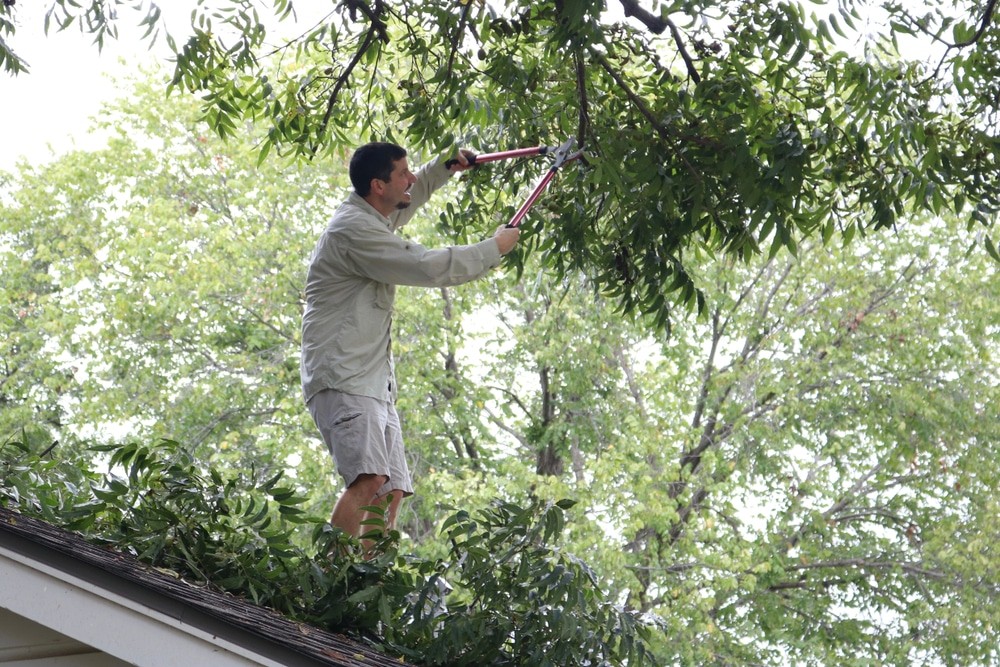
Beyond tree damage to roofs, homeowners might notice other common problems. If you think you have tree damage to your roof, contact Perfect Exteriors today.
